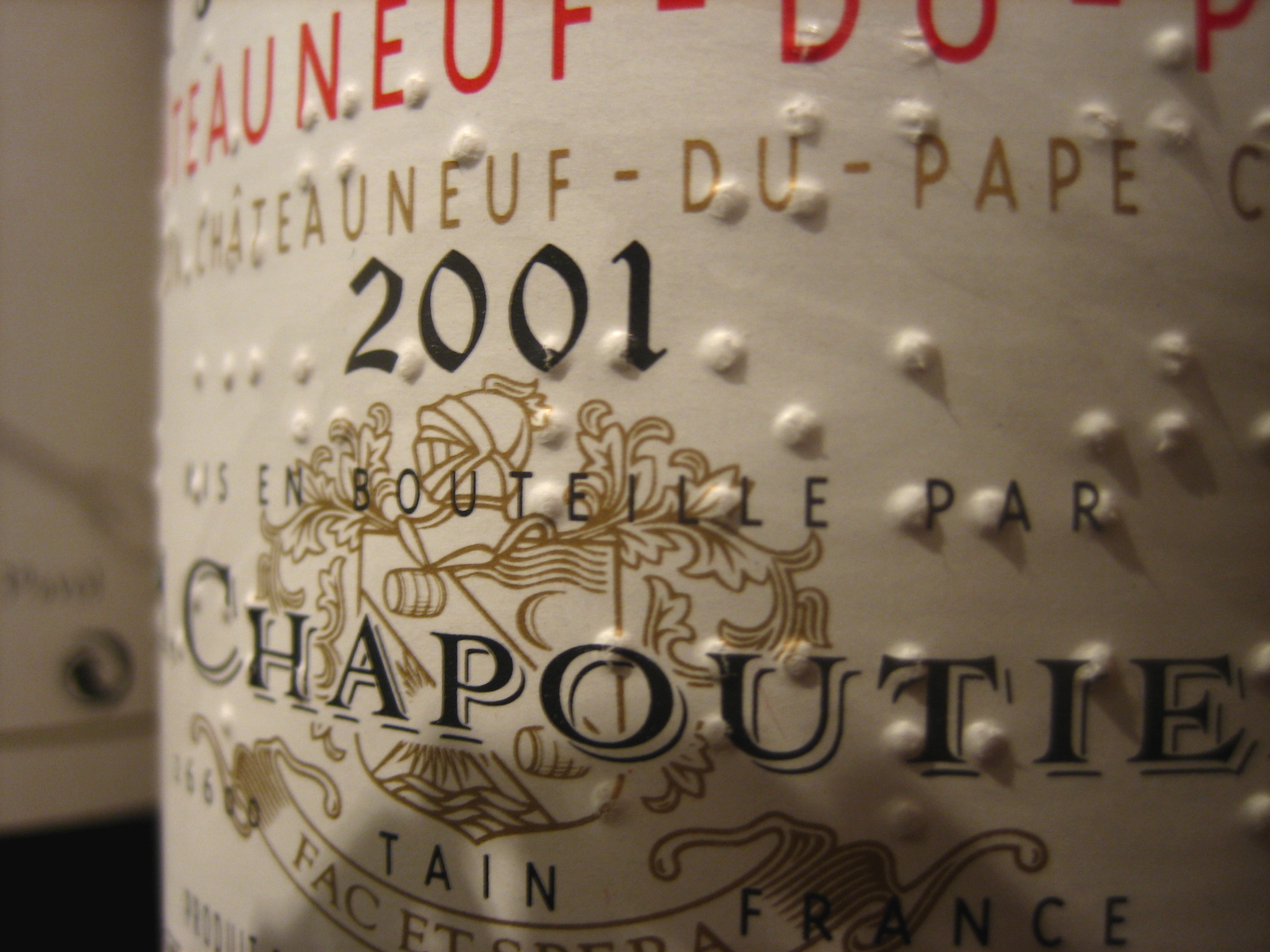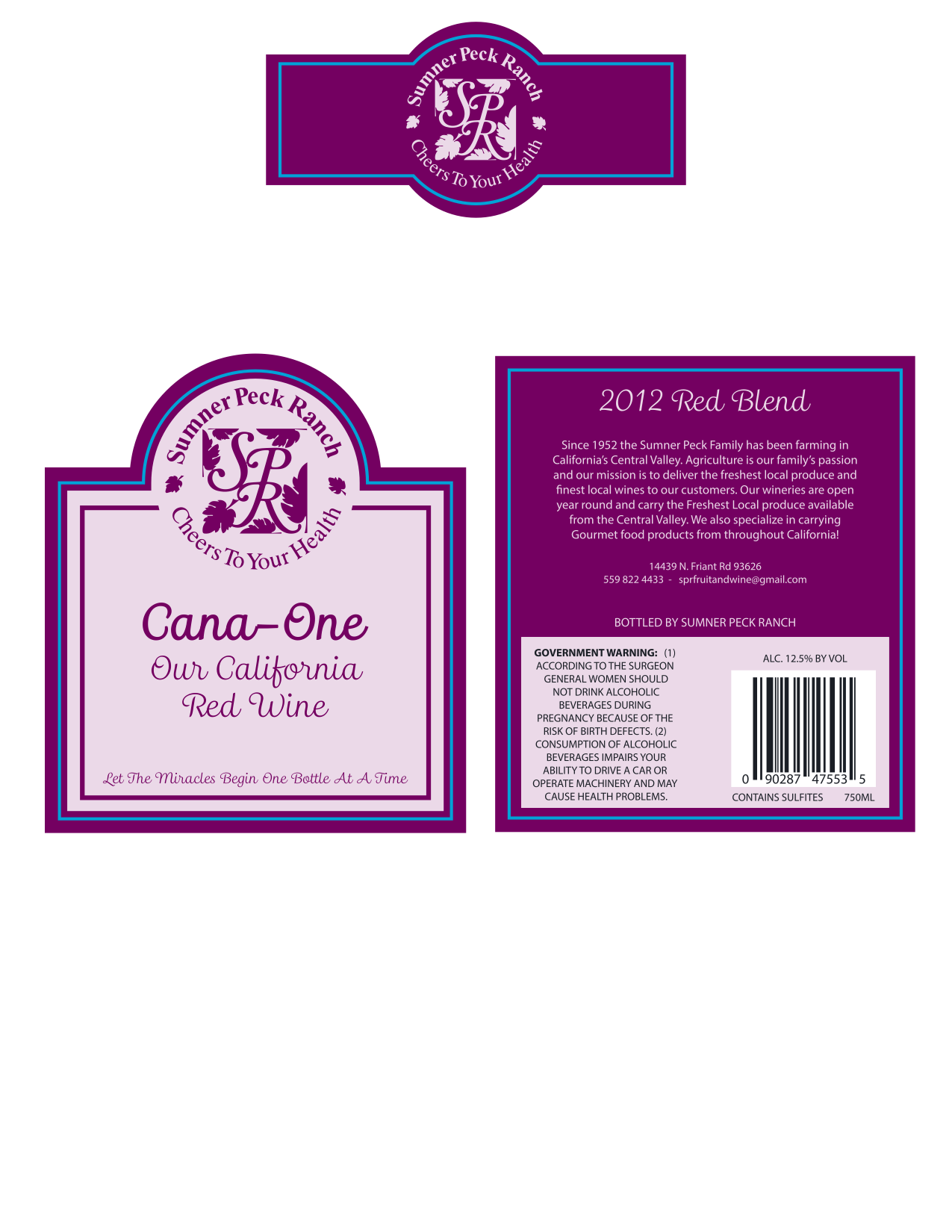How To Master Removing Wine Labels: The Ultimate Guide
Ever wondered how to remove wine labels without damaging the bottle? You're not alone! Many wine enthusiasts and collectors face this challenge, especially when they want to preserve their prized bottles for display or resale. Removing wine labels might seem tricky, but with the right techniques, it can be a breeze.
Let's dive into why this process is important and how it can elevate your wine collection. Whether you're a casual drinker or a serious collector, knowing how to remove wine labels properly is a skill that can save you time and money. Plus, it adds a touch of sophistication to your collection!
In this guide, we'll explore various methods, tools, and tips for removing wine labels effectively. By the end, you'll have the confidence to tackle any label removal project like a pro. So, grab a glass of wine (or maybe two), and let's get started!
Table of Contents
- Why Should You Remove Wine Labels?
- Essential Tools for Removing Wine Labels
- Top Methods to Remove Wine Labels
- How to Avoid Damaging the Bottle
- Soaking Method: A Step-by-Step Guide
- Using Solvents Safely
- The Art of Scraping Labels
- Expert Tips and Tricks
- Common Mistakes to Avoid
- Wrapping It Up
Why Should You Remove Wine Labels?
Let’s be honest, removing wine labels might sound a bit strange to some people, but there are legit reasons why you’d want to do it. First off, if you’re into wine collecting, having bottles without labels can make them look super sleek and professional. Imagine walking into your personal wine cellar and seeing rows of pristine bottles – it’s like a minimalist dream come true!
Another reason is resale value. Believe it or not, some collectors prefer bottles without labels because they focus more on the bottle’s design or the vintage itself. Plus, let’s not forget about upcycling. You can turn old wine bottles into candle holders, vases, or even home decor pieces. Removing those labels is the first step to giving your bottles a second life.
Lastly, sometimes labels just don’t look good after a while. They fade, peel, or get sticky residues that ruin the aesthetics of the bottle. Instead of tossing them out, why not fix the issue by removing the label? It’s eco-friendly and wallet-friendly at the same time!
Essential Tools for Removing Wine Labels
Now that we’ve established why you’d want to remove wine labels, let’s talk about what you’ll need to get the job done. Don’t worry, you don’t need fancy equipment – just a few basic items that you probably already have lying around the house.
- Warm Water: This is your go-to tool for softening the glue on the label.
- Rubber Gloves: Protect your hands from harsh chemicals or excessive moisture.
- Scraping Tools: A plastic scraper or even an old credit card works wonders for peeling off stubborn labels.
- Vinegar or Rubbing Alcohol: These are great for breaking down sticky residue.
- Paper Towels: You’ll need these for cleaning up any mess.
Pro tip: Always test your method on a small, inconspicuous area of the bottle first. Some bottles have delicate surfaces that might react differently to certain techniques.
Top Methods to Remove Wine Labels
There’s no one-size-fits-all approach when it comes to removing wine labels. Different bottles and labels require different methods. Here are some of the most effective techniques:
Soaking Method: A Step-by-Step Guide
The soaking method is probably the easiest and safest way to remove wine labels. All you need is warm water and a little patience. Here’s how you do it:
- Fill a sink or basin with warm water.
- Submerge the wine bottle in the water, making sure the label is fully covered.
- Let it soak for about 10-15 minutes. The warm water will soften the glue, making it easier to peel off.
- Gently rub the label with your fingers or a soft sponge. It should start coming off in pieces.
- For stubborn residue, use a scraper or a damp cloth with a bit of vinegar.
Using Solvents Safely
If soaking doesn’t work, you can try using solvents like rubbing alcohol or vinegar. These chemicals break down the glue without damaging the bottle. Just remember to use them sparingly and in a well-ventilated area.
Here’s what you do:
- Dip a cotton ball or paper towel in the solvent of your choice.
- Gently rub it over the label. You’ll see the glue starting to dissolve.
- Once the label is loose, peel it off carefully.
- Use a scraper to remove any remaining residue.
The Art of Scraping Labels
Scraping is a manual method that requires a bit of elbow grease, but it’s effective for tough labels. Just make sure you’re using the right tools to avoid scratching the bottle.
Tips for scraping:
- Use a plastic scraper or an old credit card – metal tools can scratch the glass.
- Apply gentle pressure while moving the scraper in one direction.
- Moisten the label with water or vinegar to make it easier to scrape.
How to Avoid Damaging the Bottle
One of the biggest concerns when removing wine labels is damaging the bottle. Nobody wants to ruin a beautiful piece of glassware, right? Here’s how you can protect your bottles during the process:
First, always handle the bottle with care. Wear rubber gloves to prevent slipping, and work on a flat, stable surface. Second, avoid using abrasive materials or harsh chemicals that could etch the glass. Stick to gentle methods like soaking or using mild solvents.
Finally, inspect the bottle for any imperfections before starting. If the glass is already chipped or cracked, proceed with extra caution. You don’t want to make the problem worse!
Expert Tips and Tricks
Here are a few insider tips to make your label removal process smoother:
- Use a hairdryer to heat up the label. The warmth will soften the glue, making it easier to peel off.
- Try freezing the bottle overnight. The cold temperature can cause the glue to become brittle and break apart.
- For stubborn residue, mix equal parts baking soda and water to create a paste. Apply it to the bottle and let it sit for a few minutes before wiping it off.
- Always clean the bottle thoroughly after removing the label to ensure no glue or residue is left behind.
These tricks might sound simple, but they can make a huge difference in the final result. Plus, they’re all safe and easy to try at home!
Common Mistakes to Avoid
Even the best of us make mistakes sometimes. Here are a few common pitfalls to watch out for when removing wine labels:
- Using too much force. This can lead to scratches or cracks on the bottle.
- Choosing the wrong solvent. Some chemicals can damage the glass or leave a residue of their own.
- Not testing the method first. Always try your technique on a small area to ensure it works without causing harm.
- Rushing the process. Patience is key – take your time to avoid mistakes.
By avoiding these mistakes, you’ll increase your chances of success and protect your bottles in the long run.
Wrapping It Up
Removing wine labels might seem intimidating at first, but with the right techniques and tools, it’s a task anyone can master. Whether you’re doing it for aesthetic reasons, to enhance resale value, or to upcycle old bottles, the process is both rewarding and satisfying.
Remember to choose the method that works best for your specific situation, and always prioritize safety. Avoid common mistakes and follow expert tips to achieve the best results. And most importantly, have fun with it! Who knows, you might discover a new hobby in the process.
So, what are you waiting for? Grab those bottles and start removing those labels. Don’t forget to share your experience in the comments below or check out our other articles for more wine-related tips and tricks. Cheers to a cleaner, more organized wine collection!

Removing Wine Labels A StepbyStep Guide

Kansas City Graphic Designer wine labels outlines Lindsay Designs

removing bottle labels Organize and Decorate Everything